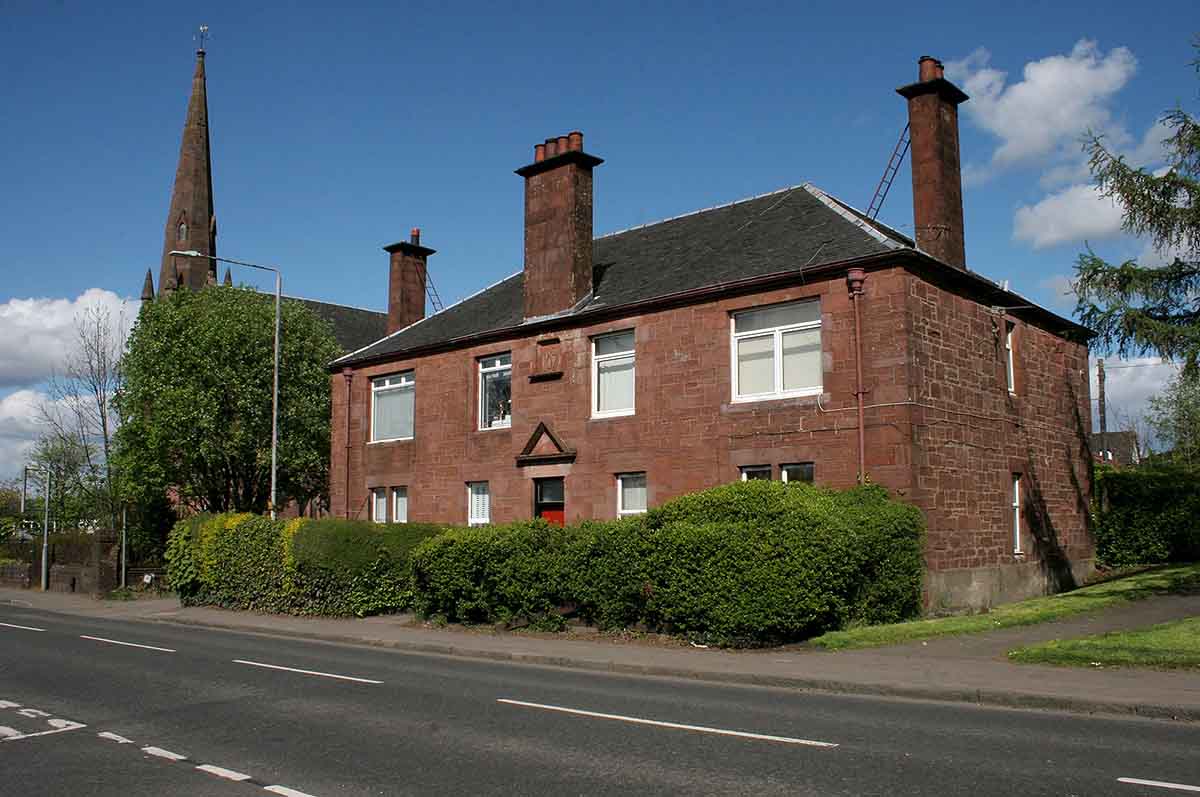
Sandstone Houses: Why Are They So Popular?
Sandstone houses have captivated homeowners and architects alike for centuries, offering a harmonious blend of natural beauty and architectural sophistication. Found throughout the UK, from the bustling cities to charming rural retreats, sandstone houses have become a staple of British heritage.
Why is it that sandstone houses continue to capture our imagination? This article aims to delve into the enduring popularity of these homes, exploring their aesthetic charm, durability, and much more.

The Aesthetic Appeal: Combining Tradition With Modernity
One of the most obvious reasons sandstone buildings are so popular lies in their aesthetic appeal. The natural hues of sandstone—ranging from soft beige to striking red—offer a versatility that is both timeless and adaptable to modern design sensibilities.
Sandstone houses effortlessly combine the charm of historical architecture with the potential for contemporary stylings. This ranges from medieval buildings through to Edwardian houses and beyond.
Moreover, the texture of sandstone adds a tactile dimension to the home, which can be both rustic and elegant. This texture gives sandstone houses a unique, organic feel that is hard to replicate with other building materials, making them highly sought after in the property market.
Sandstone Houses Are Built To Last
Sandstone houses are not just pretty to look at; they are also extraordinarily durable. Known for their structural integrity, sandstone houses can withstand the test of time and elements. The material is highly resistant to weathering, offering a robust defence against the UK’s often unpredictable climate.
The resilience of sandstone also extends to its low maintenance requirements. Unlike other materials that may need frequent treatment to maintain their appearance and structural integrity, sandstone houses require comparatively less upkeep, making them an ideal choice for those looking for a long-term home.

The Unsung Benefits Of Sandstone Buildings
Sandstone homes have an often-overlooked benefit: their energy efficiency. The thermal properties of sandstone make it excellent at retaining heat in the winter and staying cool in the summer. This natural insulation can lead to significant savings on energy bills, making sandstone houses an eco-friendly home.
Furthermore, the ability of sandstone to regulate indoor temperatures not only contributes to a more comfortable living environment but also reduces the home’s carbon footprint. Thus, sandstone houses are a win-win for both homeowners and the environment.

Sandstone houses are the epitome of timeless elegance, blending durability with a rich architectural history that stands the test of time.
Historical Significance: A Nod to Heritage and Culture
The prominence of sandstone houses in the UK is not merely a trend; it’s deeply rooted in the country’s architectural history. These houses often embody traditional building techniques and styles, serving as living museums that tell the story of a bygone era.
The historical significance of sandstone houses adds another layer to their appeal, making them highly desirable to those who appreciate cultural heritage.
In addition to their historical background, sandstone homes often come with period features such as ornate cornicing or original fireplaces, further adding to their intrinsic value. These characteristics make sandstone houses not just homes but treasured pieces of history.

Sandstone Types Used in Different Parts of the UK
| Region | Type of Sandstone |
|---|---|
| Scotland | Old Red Sandstone |
| North West England | Millstone Grit |
| South East England | Upper Greensand |
| Wales | Red Sandstone |
| South West England | Brownstone |
| Yorkshire | Yorkstone |

Why Sandstone Houses Hold Their Worth
From an investment perspective, sandstone buildings are generally considered a safe bet. Their durability means they hold up well over time, which is highly attractive to prospective buyers. Also, the unique features and historical significance of sandstone dwellings often make them stand out in the property market, adding a premium to their value.
The continuous demand for sandstone buildings signifies that they are less likely to depreciate rapidly, making them an excellent long-term investment. Their enduring popularity is a testament to their strong investment potential.
You may also like:
Cheap rural cottages in Scotland
Run down houses for sale
Cheap seaside property in the UK

The Continuing Popularity of Sandstone Houses
In conclusion, sandstone homes have much to offer, from their striking visual appeal to their robust construction. Their energy efficiency and historical significance further elevate their status, making them one of the most popular choices in the UK’s property market.
As we move towards a more sustainable future, the inherent benefits of sandstone buildings make them a compelling choice for homeowners and investors alike. Their blend of aesthetic appeal, durability, and cultural value ensures that sandstone houses will continue to stand the test of time.

